Bakemono Zukushi’s Multifaceted Monsters
This painted scroll depicts ghostly creatures found in the most terrifying legends of Japanese folklore.
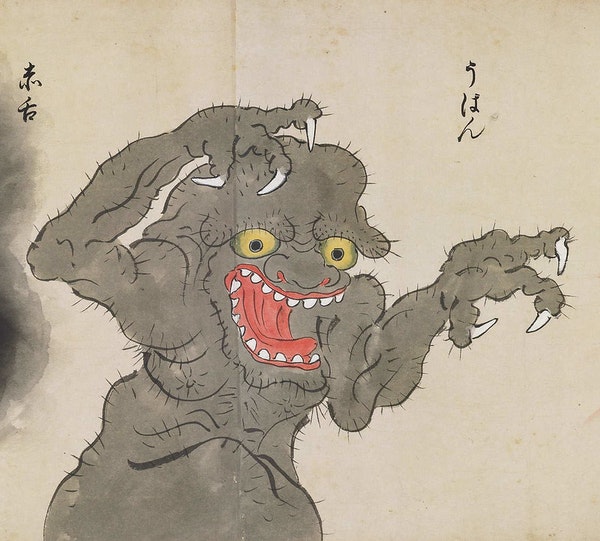
© Public Domain
Although the name of Bakemono Zukushi is known—as is what it depicts, yokai, the monsters that appear in Japanese tales and legends—the artist behind this painted scroll and its exact date of creation remain a mystery. On the paper that extends horizontally, bakemono are presented: monsters and creatures that change shape, that are doomed to haunt places, and that often inhabit border areas, on the edge of cities or between villages. They only transform at very precise moments: in the intermediary periods of sunrise and nightfall.
Lasting legends
On this scroll, which specialists estimate dates back to the 18th or 19th century, can be seen the rokurokubi, a woman who looks completely normal during the day, but whose neck gets longer and whose head becomes detachable at night. It also features yuki-onna, the snow woman, with long black hair and skin so diaphanous that she appears transparent, who mainly haunts the edge of forest areas. Another is kamikiri, a child-sized monster who also lives in a forest and only leaves to sneak into people’s houses and cut their hair, taking them by surprise.
These frightening creatures, whose stories have been perpetuated over centuries in Japanese families, continue to make themselves known. The proof of this can be found in the photographic work of Charles Fréger, who asked residents of the Japanese countryside to pose dressed in their best yokai costumes.
Bakemono Zukushi, a painted scroll, can be viewed at the Kawasaki City Museum.
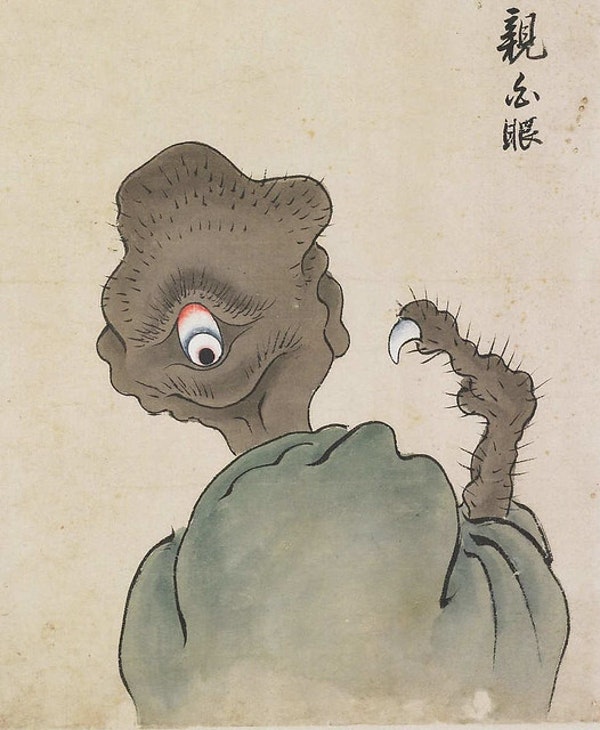
Oyajirome (親白眼) has a bulging eye on the back of its head and a claw on its one-fingered hand © Public Domain
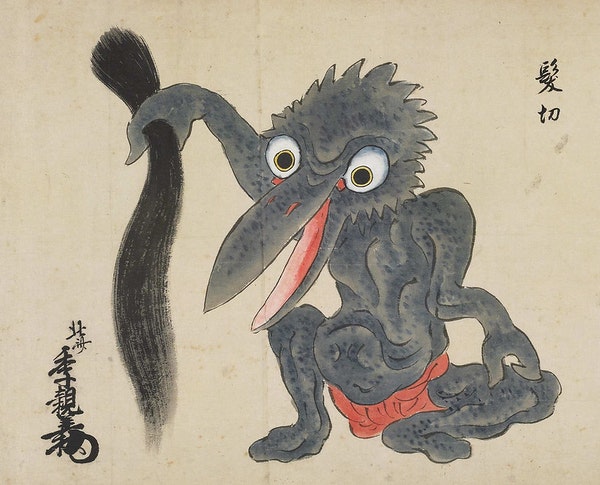
The kami-kiri ('hair-cutters' - 髪切) are known for sneaking into people's houses and cutting their hair © Public Domain

Akashita ('red tongue' - 赤舌) is a creature with a hairy face that hides in a dark cloud © Public Domain
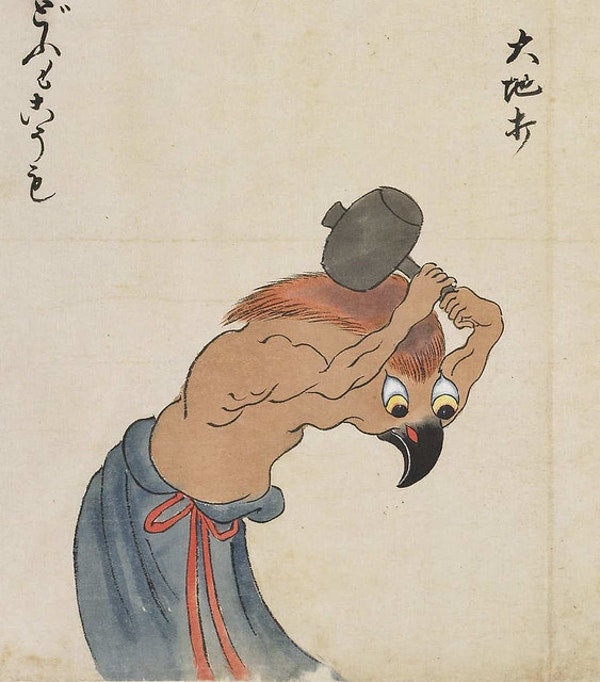
Daichiuchi (大地打) is a monster brandishing a mallet with a face that resembles a bird's © Public Domain
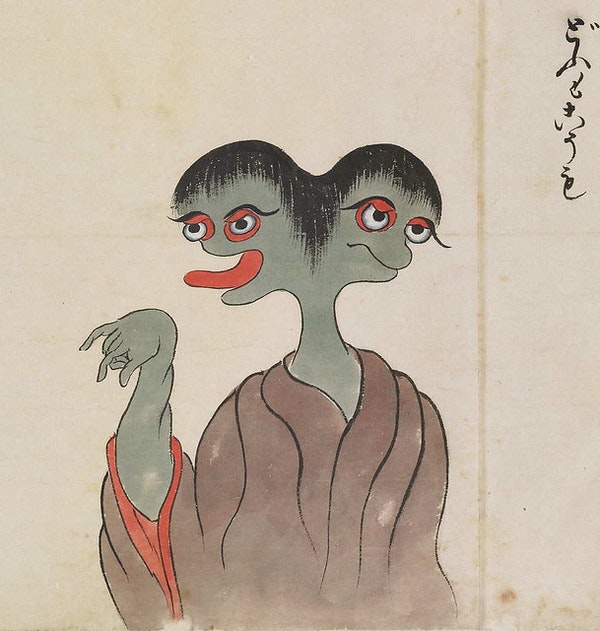
Domo-komo (どうもこうも) is a two-headed creature with grey skin © Public Domain
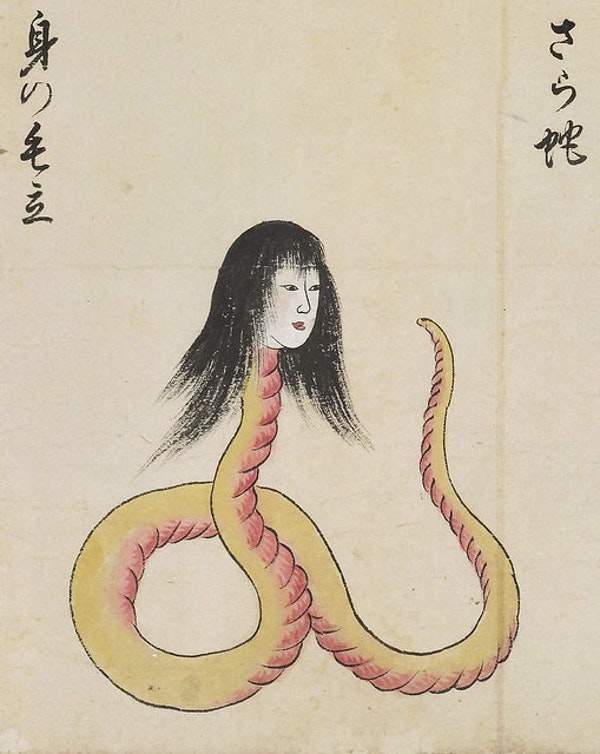
Sara-hebi (さら蛇) is a large serpent-like creature with a woman's head © Public Domain
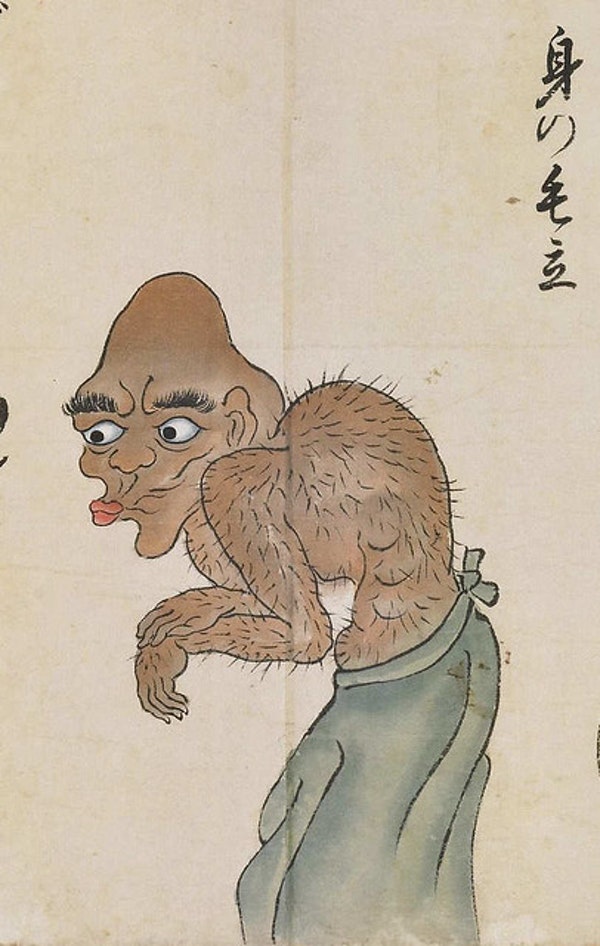
Mi-no-kedachi (身の毛立) has a layer of thick hair all over its body © Public Domain
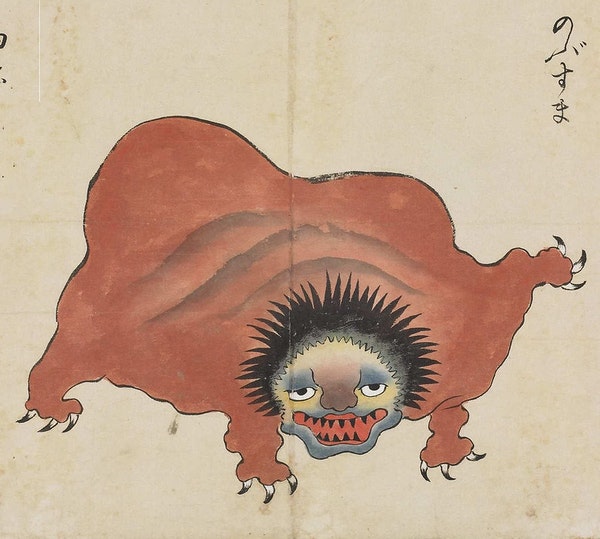
Nobusuma (のぶすま) has a brown body, a human face, spiky hair, claws, and sharp black teeth © Public Domain
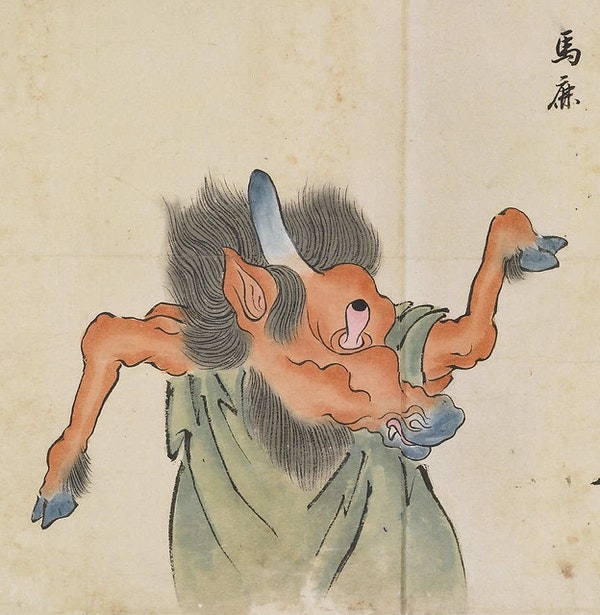
Uma-shika (馬鹿) is a horse-like monster with a horn on its head and one bulging eye © Public Domain
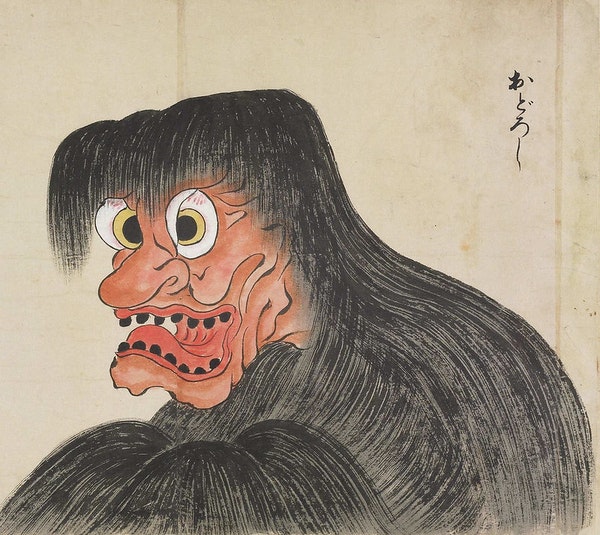
Odoroshi (おどろし) is a monster with a red face, big eyes, black teeth, and long hair © Public Domain
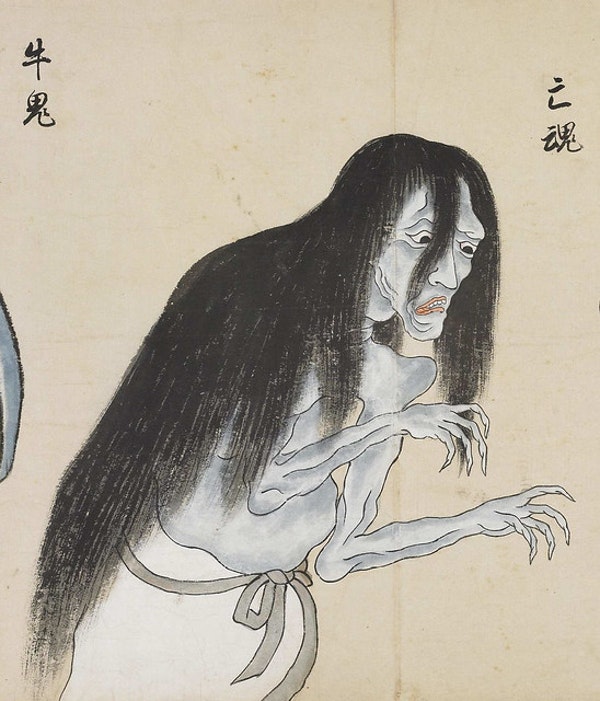
Boukon (亡魂), a departed soul, appears to have pale blue skin, long hair, and a dilated stomach © Public Domain
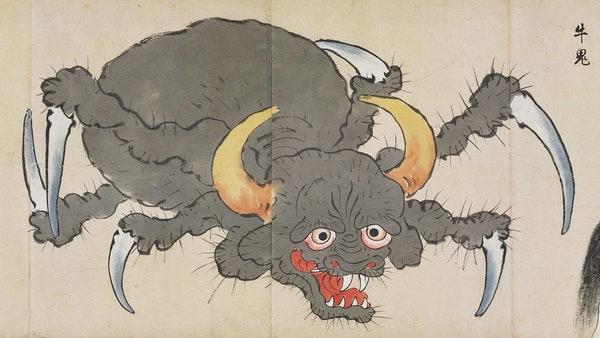
Ushi-oni (牛鬼) is a sea monster with a cow's head and the body of a giant spider or crab © Public Domain
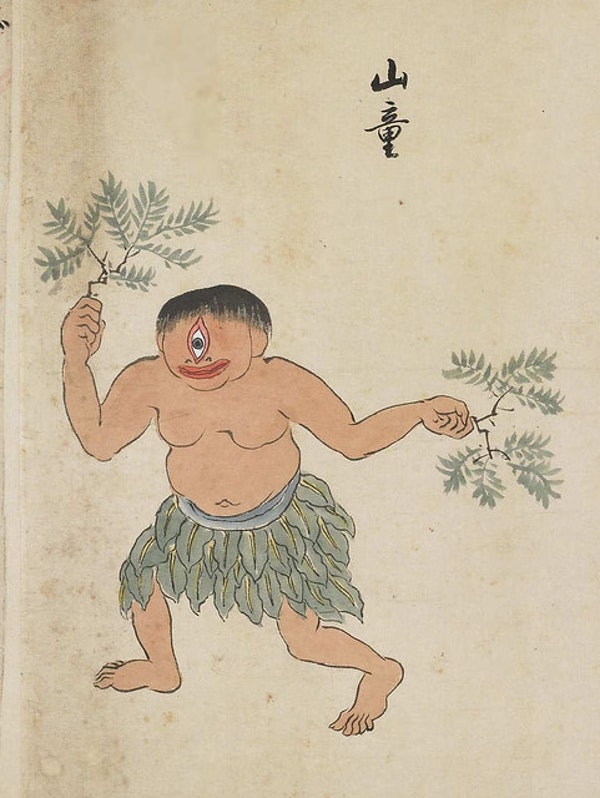
Yamawaro (山童) is a one-eyed creature that resembles a kappa and is found in the mountains © Public Domain
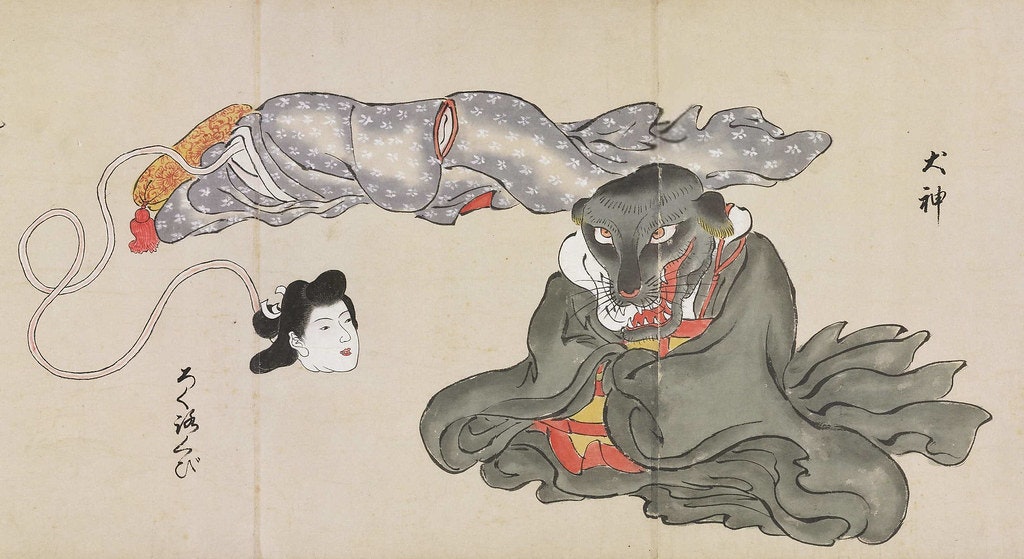
Rokurokubi (ろくろくび), a woman with a long neck, is shown next to a dog spirit, Inugami (犬神) © Public Domain
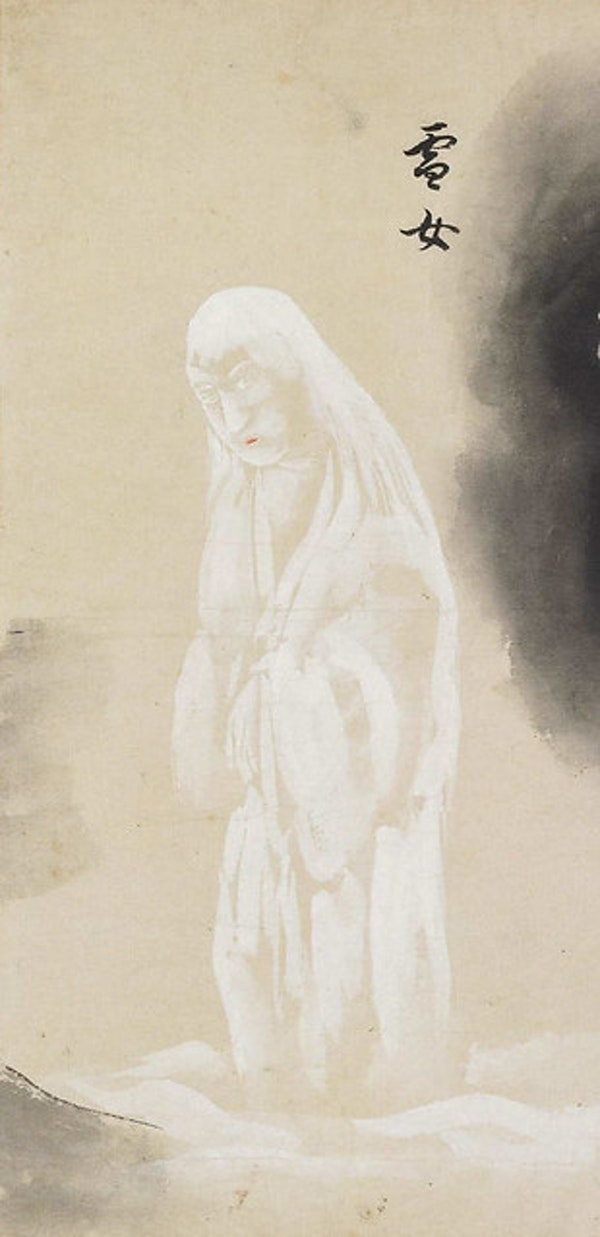
Yuki-onna ('snow woman' - 雪女) appears on snowy nights as a beautiful woman with long hair © Public Domain
TRENDING
-
The Tattoos that Marked the Criminals of the Edo Period
Traditional tattoos were strong signifiers; murderers had head tattoos, while theft might result in an arm tattoo.

-
The Story of Sada Yacco, the Geisha who Bewitched Europe
Described by Dazed magazine as the first beauty influencer, she has been restored to her former glory since 2019.

-
Chiharu Shiota, Red Threads of the Soul
Last year, more than 660,000 people visited the retrospective 'Chiharu Shiota: The Soul Trembles' exhibit at the Mori Art Museum.

-
Japanese Left-field Pop From The CD Age, 1989-1996
‘Heisei No Oto’, a compilation of hidden gems in the unspoken depths of Japanese pop, reveal blissful moment of technological possibility.

-
‘Shojo Tsubaki’, A Freakshow
Underground manga artist Suehiro Maruo’s infamous masterpiece canonised a historical fascination towards the erotic-grotesque genre.





